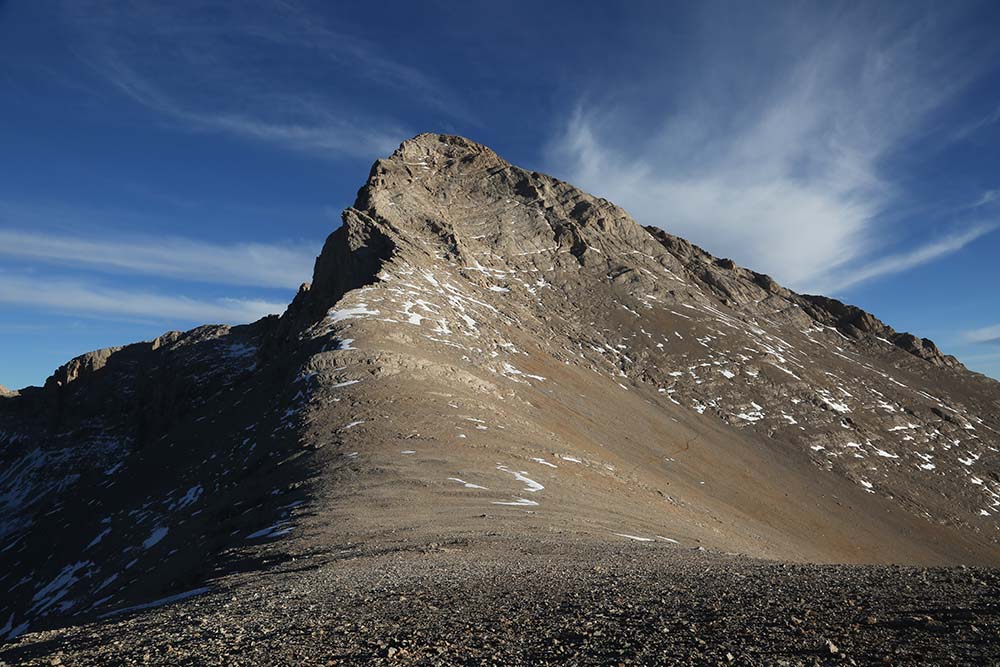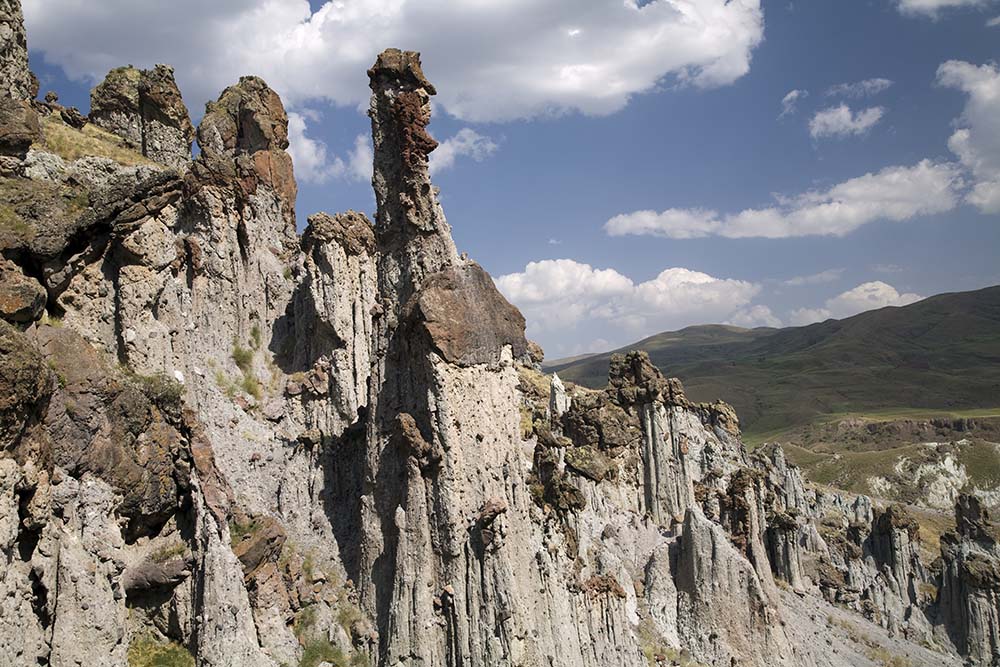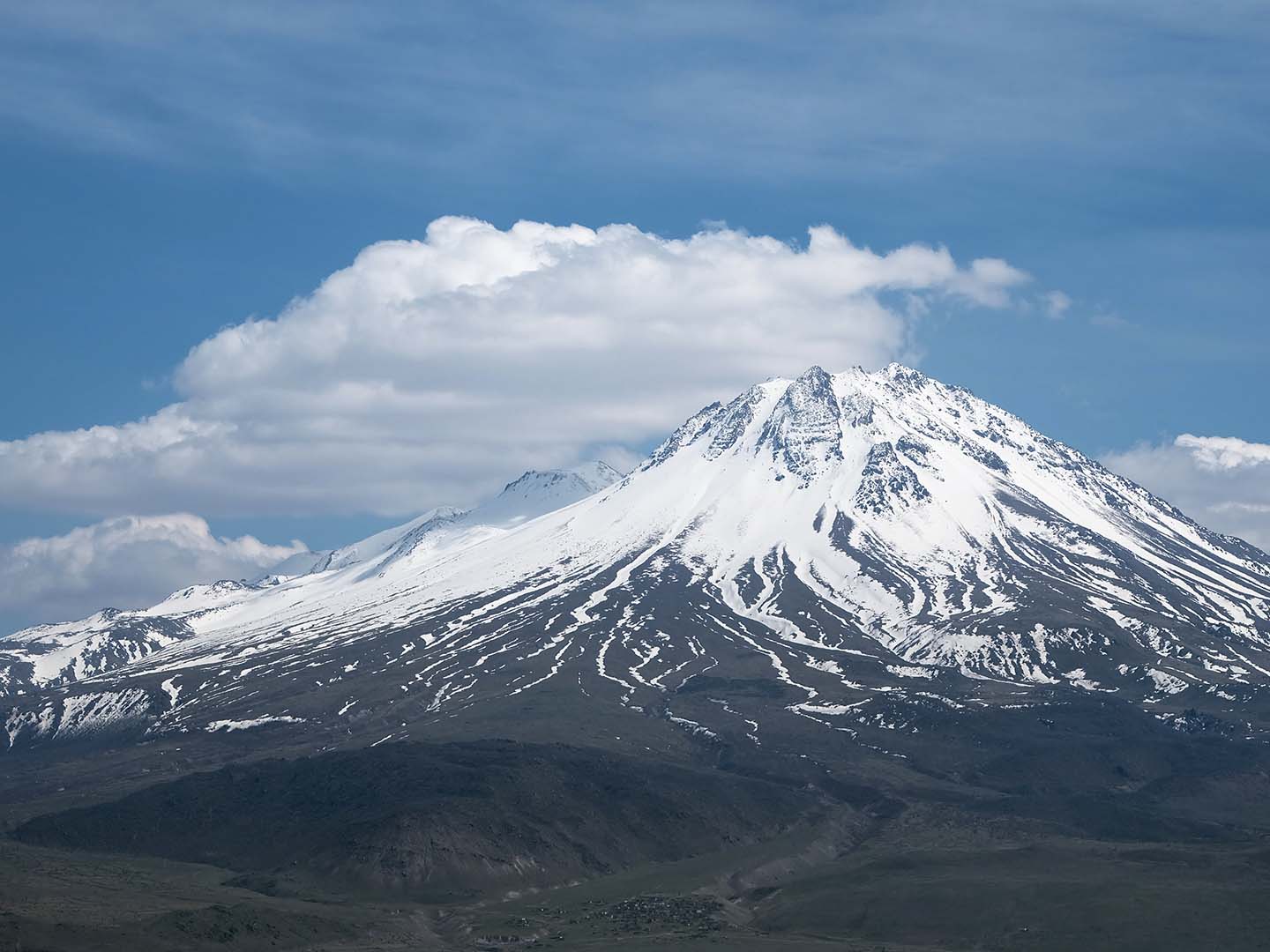Niğde is an Anatolian city that should be seen in our country, with a deep-rooted culture, natural beauties, local flavors, and hot springs. The city’s known history goes back 5000 years. Niğde had witnessed Persia, Phrygia, and Alexander the Great, as well as Byzantine and Roman sovereignty. It was also ruled by Ottomans.
Middle Kızılırmak is the central part of the Anatolian region. Niğde is also in this region. Cappadocia is a region where Nevşehir, Aksaray, Kayseri, Mersin, Konya, and Adana are located. This Anatolian city is located 1300 meters above sea level and is covered with mountainous areas, the most prominent of which is the Bolkar Mountains. The mountains support continental climate in the region; for example, the snow is great in the winter time, so winter sports are a draw. There are not many plains in Niğde and its surroundings. Mulli and Bor are the most productive plains. Apart from that there are rivers and elevation areas. The Bor Plain is 1,000 meters high and the Misli Plain is 1,350 meters high. In terms of volcanic mountains, the main peaks are Keçeboyduran (2727 meters in height), Mt. Hasan (3268 meters in height), Melendiz Mountain (2936 meters in height), and Göllüdağ (2143 meters in elevation).

Mount Alaca at Aladaglar National Park in Nigde, Turkey. Aladaglar is popular among the mountaineers.
Niğde is called “wheat store” of Anatolia, and it boasts suitable areas for agriculture. Apples grow in Sazlıca region here. In addition, cabbage, potato, sunflower, barley, beans, rye, garlic, chickpeas, and sugar beets are also cultivated. Besides vegetables, and fruits, Niğde is also famous for its local soda. Niğde Gazozu is the oldest fizzy drink produced in Turkey. Production began in 1962 and today it is still produced as a raspberry flavored drink with less sugar.
The local clothes of Niğde protect the integrity of Anatolia. Women separate their clothing into daily wear and special occasions. They have worn, and many still wear, kundura (shoes), cheesecloth (for head), and değirme (kind of accessories). Men have worn tasseled fez, collarless shirts, and vests, which feature ornaments on across the chest. The shalwars are also decorated with local details.

Volcanic rock formations in Killigin River.
In addition, apart from the local clothes, local games also reflect the culture of the region. Halay is the most preferred, and it includes enthusiastic music. “Niğde Bağları” is one of the most dynamic dance music types of this region.
Cuisine
When we talk about Niğde, we should also mention about local delicacies. It features many delicious meals from sac kavurma (diced lamb fried on iron plate) to Niğde tava, from mangır soup to kabak köftesi. Soğan yahnisi, arabaşı soup, noodles, milky soup, meat dishes, yoghurt soup, oğma soup, papara, green beans with egg, kaygana, maklube, red beet soup, musakka, tirit, ditme, tandır, and öfeleme soup are among the famous dishes of Niğde.
Places to Visit
Niğde Museum, which exhibits archaeological remains, is a first choice of travelers. Niğde is one of the most important settlements of Anatolia. There are also plenty of ruins where you can be surrounded by nature. Göltepe Ruins, Köşk Höyük, Tyana Ruins, Porsuk Höyük, and Bird Rock Tombs are some of these. When you visit an Anatolian city, you should visit historical monuments, shrines, and monasteries. Alaeddin Mosque, Sungurbey Mosque, Sarı Saltuk Tomb, Gündoğdu Tomb, Ulukışla Öküz Mehmet Pasha Complex, Old Silver Monastery, Silver Monastery, Constantinus, and Helena Church are among the historical buildings.

The Mt. which is a volcano in the middle of Turkey.
Aladağlar National Park, Kayardı Vineyards, Narlıgöl, Çiniligöl, Cımbar Valley, and Çiftehan hot springs, have the capacity to tell us about the city’s reputation. Çiftehan, which hosted important events of the past, draws attention with its rich water resources. Çiftehan, one of the most important settlement areas of the Christian world, was also used in the Roman period. In the Byzantine times, this settlement was also used as a military base. The baths that remained from the Roman and Seljuk Periods are also open today. Rumor has it that the Egyptian Queen Cleopatra stayed at the hot springs in Niğde for a long time to rejuvenate. Tourists also prefer hot springs to rejuvenate and restore their health, come rain or shine. The hot spring waters have been healing people for centuries. Water that come from hundreds of meters deep is revitalizing to the body, helps to relax the nervous system and heals many diseases.
How to Get There
Niğde is in the middle of Anatolia. It has access through extensive bus network, and a nearby airports in Nevşehir and Kayseri.
